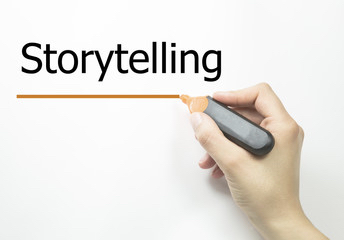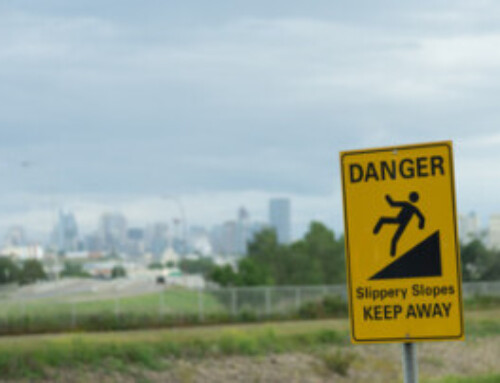 What makes the difference between a good public relations campaign and a great public relations campaign? It’s the story. If you don’t have a great story to tell, you won’t have great PR. It’s that simple.
What makes the difference between a good public relations campaign and a great public relations campaign? It’s the story. If you don’t have a great story to tell, you won’t have great PR. It’s that simple.
The truth is, after three decades in this industry, most of the PR I witness is mediocre. Why? Because the stories are mediocre. I don’t know if the companies or the products are just outright dull or the professional crafting the stories didn’t work hard enough, but too much of what I read and see being done in PR today is milk toast.
And unfortunately, a lot of PR today that is being practiced is awful.
Examples of Bad PR
Recently I registered as press for the Home Builder’s Convention in Vegas: International Builders Show or IBS. I was headed there to cover for RE Technology and our WAV Group blog. I have a penchant for emerging technologies, and there’s now a boatload of new smart home tech coming down the pipe at IBS. The trip would be worth a few columns, and NAREE (National Association of Real Estate Editors) was meeting there as well. It would be a great two-for.
I didn’t make it to Vegas because of another travel commitment, but I left my name on the press list. Over the past month, I received an average of four invitations from PR people a day to either meet with their CEO, visit their booth, attend their party, write about their product or meet them for a meal.
Many of the email invitations were poorly written; most were from companies that did not have a product related to technology. Technology was the only topic I was covering as I was registered as a contributing writer for RE Technology. That means hardly anyone even bothered to Google me or go to retechnology.com before soliciting me.
PR rule #1 is to know the publication you are pitching and the what topics the reporter you are pitching covers. Most of these people were sending mass emails – the spray and pray approach to PR. The concept is that if you send it to enough people, maybe one person that’s interested will get it, so you pray for that one story, and in the end, it’s worth it. Except that it’s not, because you just ticked off the other reporters, like me, that saved your email and name, as an example of a bad PR practice.
About three weeks out, I started to get news releases. That’s when I really got depressed about my profession. Most of the news releases I read didn’t contain any real news. Hyperbole is alive, and well I am happy to report. PR folks are great with adjectives and superlatives, but facts, figures, and data points were lacking.
I have to believe that if one digs deeper, there are stories underneath the surface – we, as PR professionals, must look harder. We have to work with companies and push them harder to uncover the data points that reporters love that help us frame a good story. We have to look for the human-interest angles that can make a good story great – the unique and clever pieces that make the story exciting and different, readable and memorable.
The Proof is in the Pudding
Not long ago, I worked on a dream project. A colleague whom I known for years was doing something locally that was remarkable. It was a great story. Everything about it was terrific. The people involved, what they were doing, how they were doing it, whom they were doing it for, the collaborative approach they took and the partners they attracted, their motivation and their ethics – it was all a big wow for me.
It was one of the best news releases I’ve written in a while because I was able to tell a great story. A lot of people say news releases are dead. Well, the news release we sent out about a small housing project in the Pacific Northwest not only made the local major daily paper, our targeted local weeklies, and two top local TV stations, it got picked up by Inman, NPR and nationally by the Washington Post and MSN. And this is just the beginning as the announcement was only about the groundbreaking. The PR plan surrounding is a Great PR plan because we have a great story to tell.
What’s Your Story?
When you think about what you want to do PR wise, think about your story first. What is the great story you can tell? How much “meat” is there to your story, or to be blunt: where’s the “beef?” A great story can’t be just aspirational – it must be substantial and substantiated. If you have a great story to tell, you should be able to achieve great PR. But remember, the reason you hire PR professionals in the first place should be to help you uncover your great stories. That’s your secret sauce to great PR.




